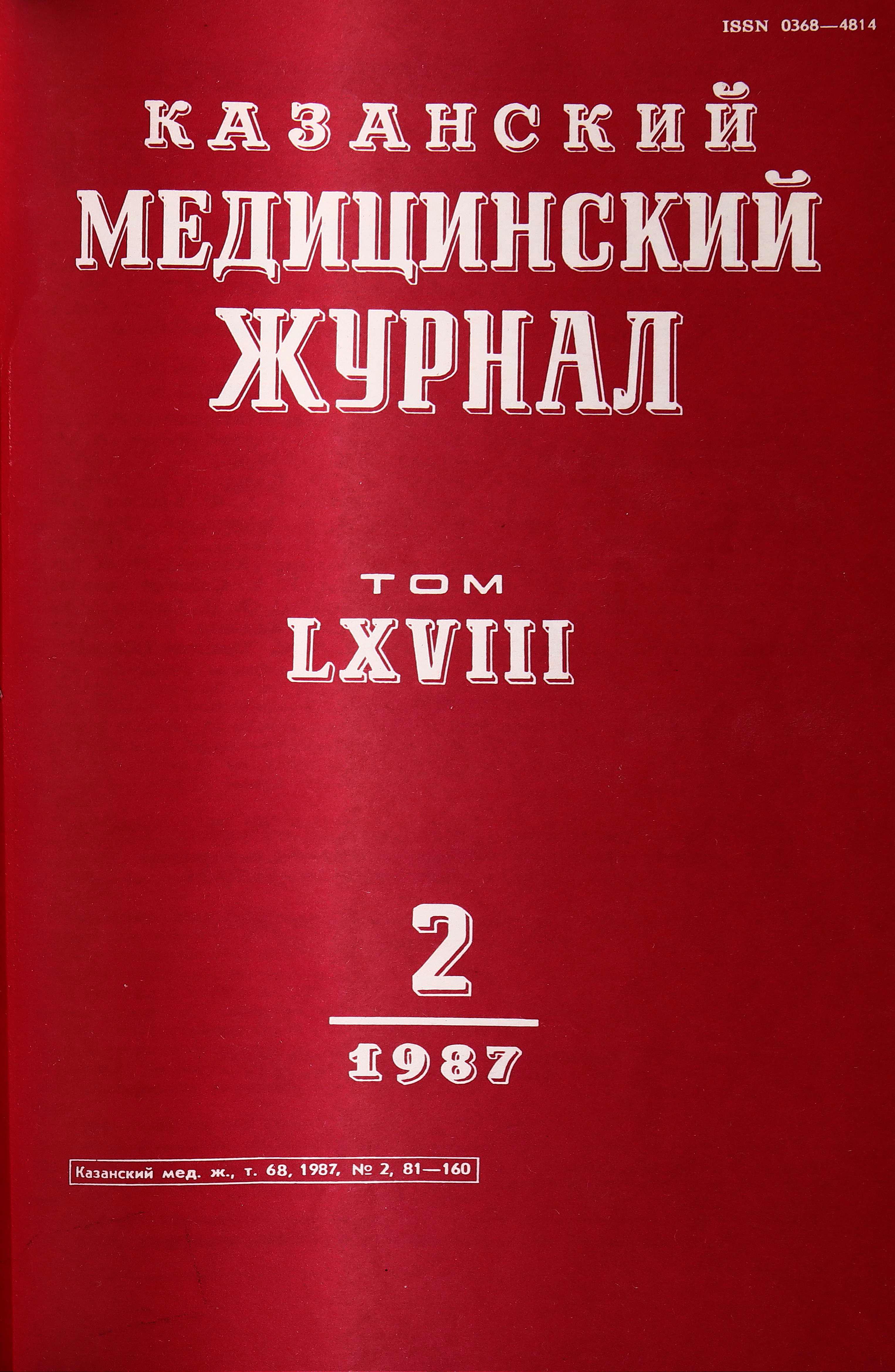Устранение перфорации дна гайморовой пазухи в условиях стоматологической поликлиники
- Авторы: Лившиц Я.Г.1, Тимофеев Г.А.1, Шканакин Л.Г.1
-
Учреждения:
- Кировский научно-исследовательский институт гематологии и переливания крови
- Выпуск: Том 68, № 2 (1987)
- Страницы: 118-119
- Тип: Статьи
- URL: https://bakhtiniada.ru/kazanmedj/article/view/96030
- DOI: https://doi.org/10.17816/kazmj96030
- ID: 96030
Цитировать
Полный текст
Аннотация
Хорошо известные хирургические и ортопедические способы устранения перфорации дна гайморовой пазухи в поликлинических условиях сводятся в основном к наложению глухого шва или к применению йодоформной турунды с ее фиксацией в лунке. Однако эти методы имеют существенные недостатки: смещение турунды к месту перфорации вызывает образование стойкого свища, а наложение глухого шва — необходимость проведения значительной резекции альвеолярного отростка, особенно в области моляров, поскольку лунки их широки. Кроме того, нередко наблюдаются расхождение швов и прорыв шовного материала сквозь слизистую десны. Ортопедический же способ лечения показан только в тех случаях, когда имеются противопоказания к операции по общему состоянию больного.
Ключевые слова
Полный текст
Открыть статью на сайте журналаОб авторах
Я. Г. Лившиц
Кировский научно-исследовательский институт гематологии и переливания крови
Автор, ответственный за переписку.
Email: info@eco-vector.com
Россия
Г. А. Тимофеев
Кировский научно-исследовательский институт гематологии и переливания крови
Email: info@eco-vector.com
Россия
Л. Г. Шканакин
Кировский научно-исследовательский институт гематологии и переливания крови
Email: info@eco-vector.com
Россия
Список литературы
- Азимов М.//Роль очаговой одонтогенной инфекции в развитии гайморитов и принципы планирования лечения при них (клинико-экспериментальное исследование).— Автореф. канд. дисс.— Л., 1977.
- Козлов В. А., Трошкова Г. Б.. Кочубей H. М., Некачалов В. В.// Стоматология. —1982.— № 1.— С. 49—52.
- Chrzascik Е., Banasikowska Е., Domeradzka E. et al.//Czas. stomat.— 1976.— Vol. 29.— P. 807—812.
- Tillmann K., Hanschke G.// Stomatol. DDR.— 1-982.— Bd. 32.— S. 185—191.
Дополнительные файлы





